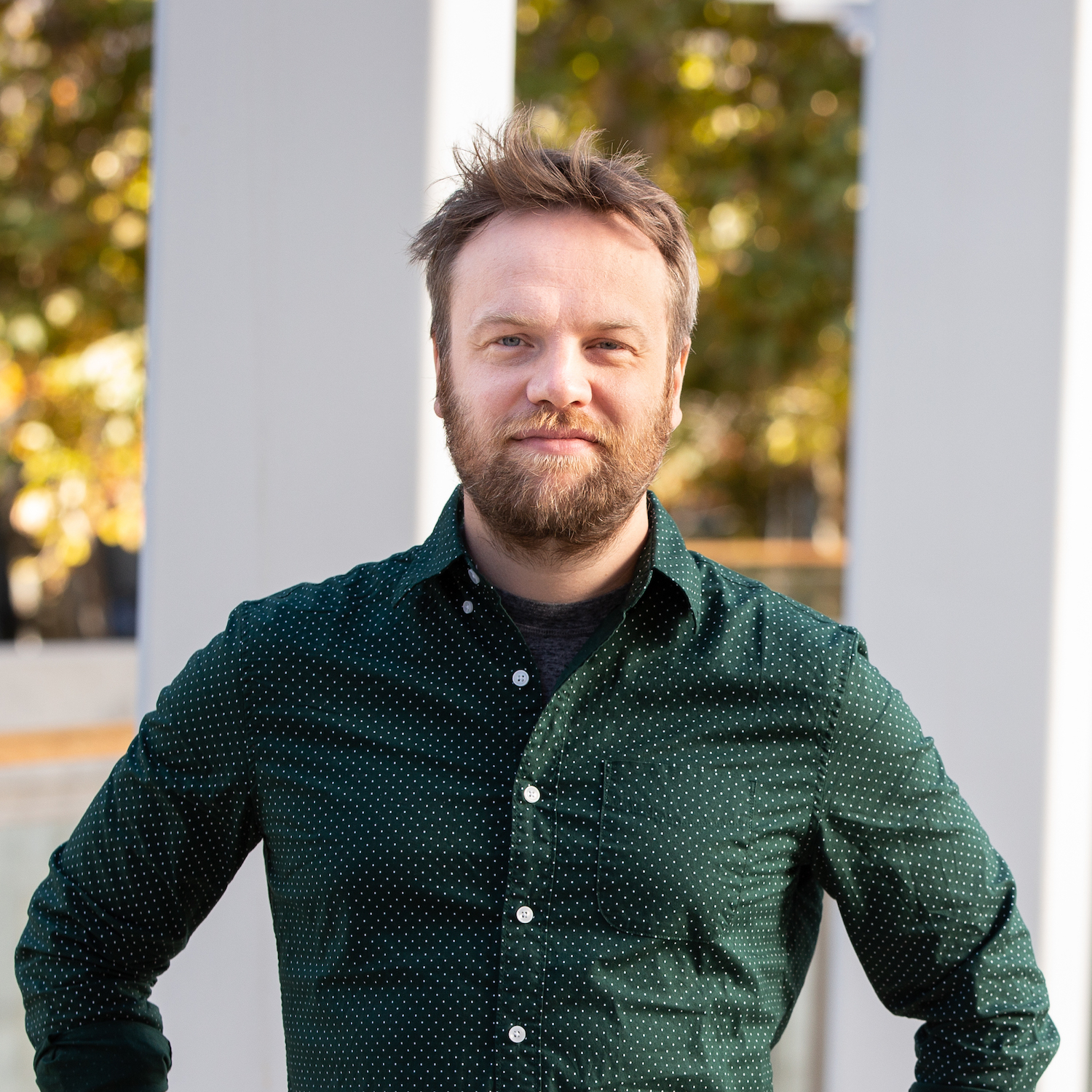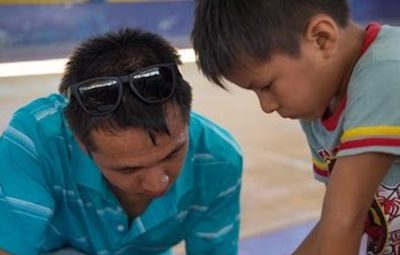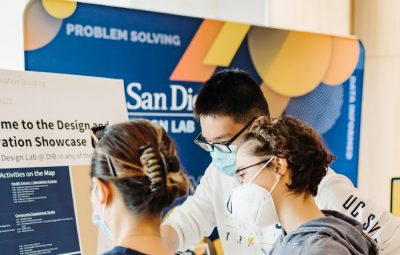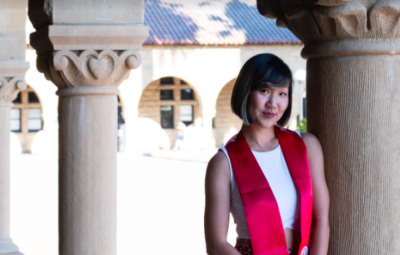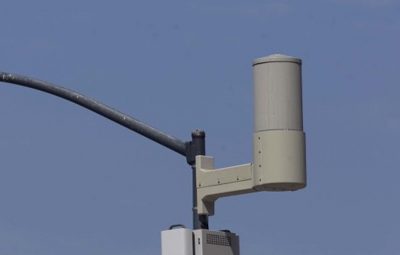The Design Lab welcomed Mikael Wahlström as a Designer in Residence this past fall. Wahlström hails from Finland where he received his PhD in social psychology from the University of Helsinki. While pursuing his doctorate, he worked at the Helsinki Institute for Information Technology (HIIT) where he studied human-computer interaction. He currently works on complex systems including robotics and plants research at the VTT Technical Research Centre of Finland, a leading international research and technology company.
Wahlström was drawn to working at The Design Lab given that UC San Diego is a leading university for his interests in distributed cognition and context-focused research. While at The Design Lab, Wahlström led an ongoing project to explore autonomous ships, a research initiative started during his studies at HIIT. The project examines the “ship-bridge” concept and specifically how user research can be leveraged to imagine futuristic bridges. Through speaking with expert navigators, Wahlström identified the needs and challenges of real-life navigation. One of the project’s main objectives is to analyze the communication and interaction between ships as unified entities. After presenting an article written about his work, Wahlström is excited for how the project will continue to progress.
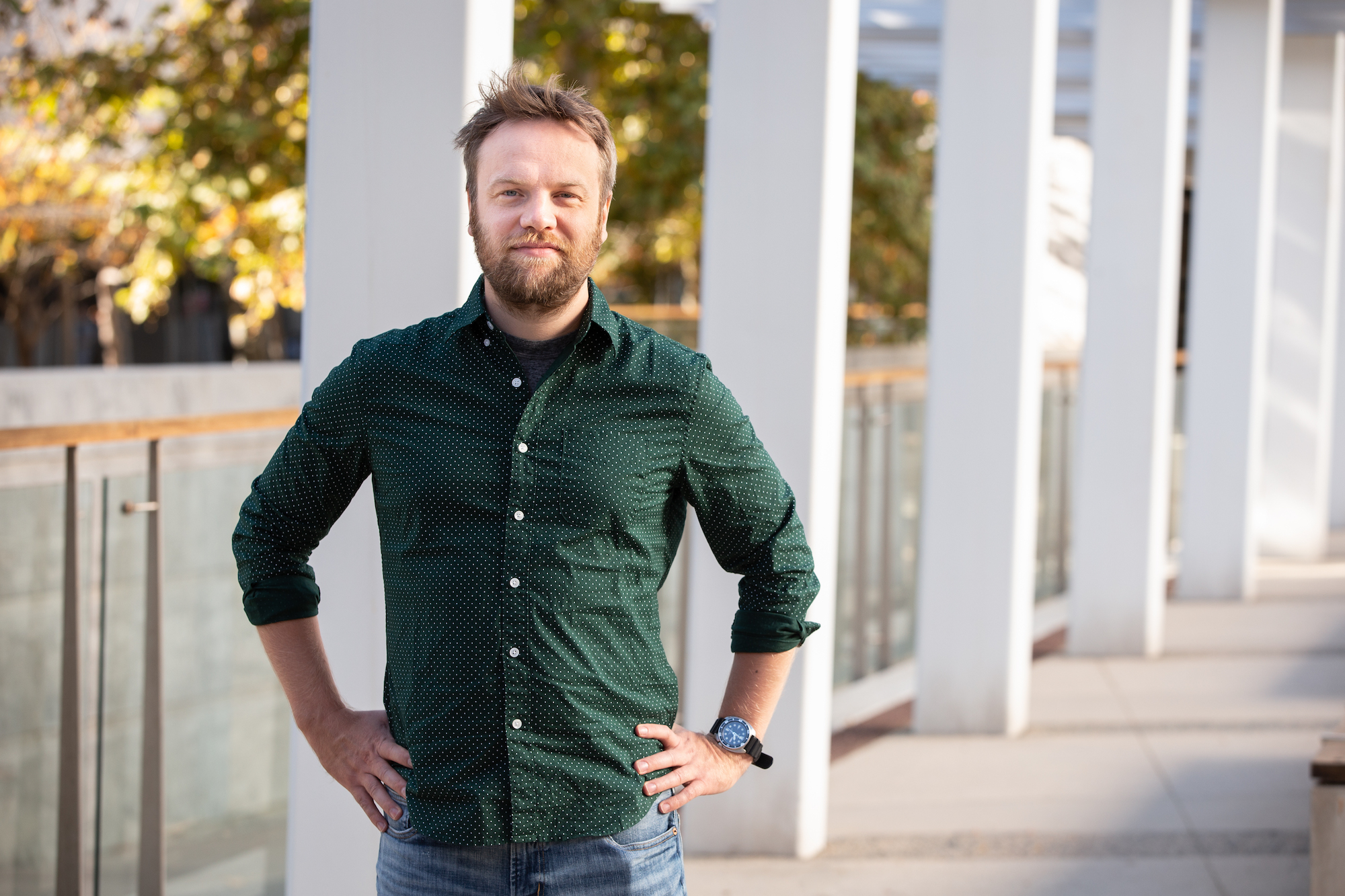 Previously, Wahlström worked within the field of robotics surgery to understand how we navigate within our own bodies. Through task analysis, he studied a concept known as auto-confrontation, which describes explaining one’s own activities through different representations of media.
Previously, Wahlström worked within the field of robotics surgery to understand how we navigate within our own bodies. Through task analysis, he studied a concept known as auto-confrontation, which describes explaining one’s own activities through different representations of media.
As he reflects on his work, Wahlström expresses gratitude for having had the opportunity to learn about how distributed cognition can be applied on a more profound level.
It’s been a very positive experience. I received good feedback from Don [Norman] on the autonomous ship project. I’ve also enjoyed meeting everyone and learning about their work to identify possibilities for future studies and collaborations.
